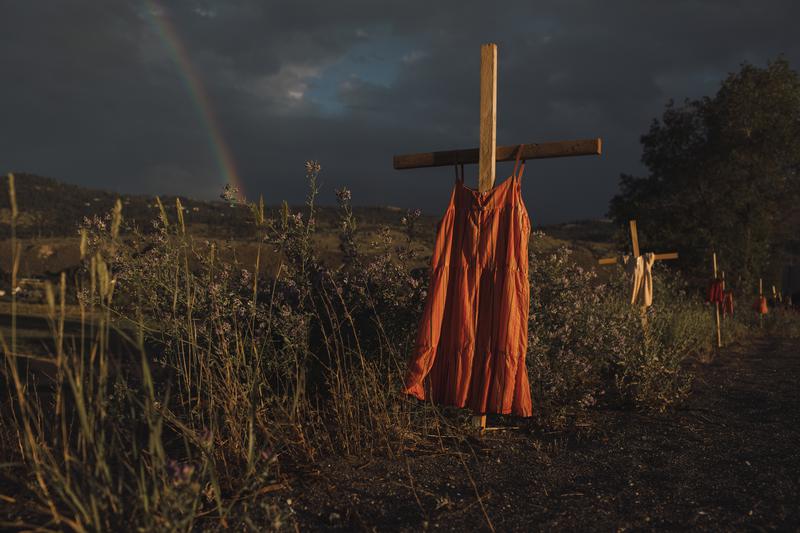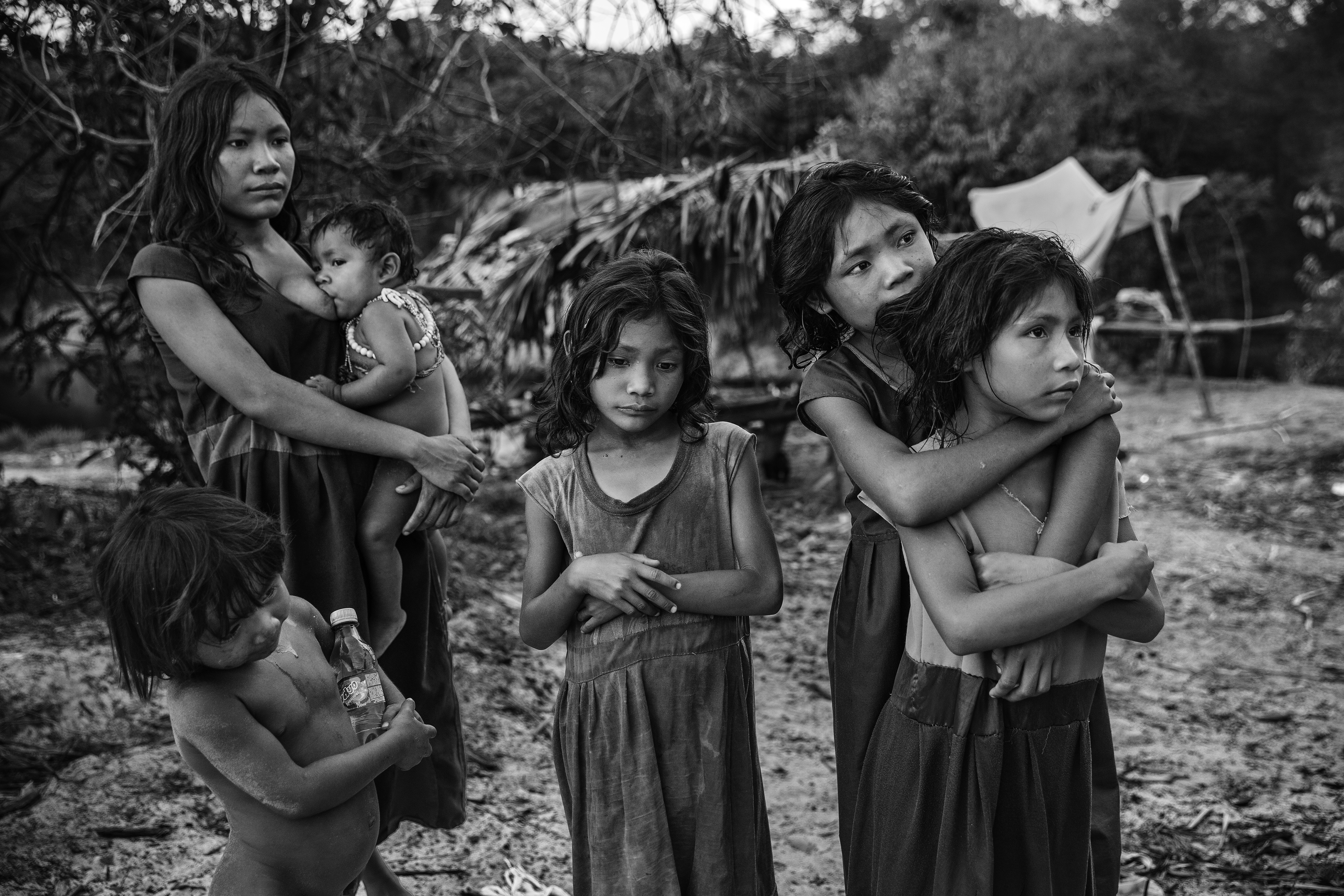2022 World Press Photo winners exhibited in Barcelona for a month
Photojournalism covering indigenous cultures, climate crisis, and conflicts displayed at CCCB until December 11

The best photographs of this year’s World Press Photo contest, including the four global winners and all regional winners, will be presented at the Center of Contemporary Culture in Barcelona from November 4 to December 11.
With indigenous cultures, the environmental crisis and international conflicts as some of the main themes, the exhibition shows an interesting photojournalistic perspective on the most drastic events happening in the world in 2021, in addition to longer photostories leading up to this year’s edition.
World Press Photo is an annual exhibition organized by Photographic Social Vision that selects the best photos taken in a journalistic context during the previous year. As part of its current world tour, the photo collection makes its yearly stop in Barcelona until December 11.
A specialized jury selects outstanding work based on the visual aspect, but also importices the research and context behind the stories. The exhibition summarizes last year’s biggest topics while trying to shine a new light on the new stories traditional media created.
“The exhibition touches on similar topics such as climate change, Covid and press freedom as traditional media did, but shows different sides of the stories. The jury always looks for new narratives to educate the public deeper on these themes,” said World Press Photo exhibition curator Martha Echevarria to Catalan News.
Winning stories
In this year’s edition, the organization created new categories to shift the focus from specific themes to a format-based contest. The four main categories are Photo of the Year, Photo Story of the Year, Long-Term Project Award, and Open Format Award.
New York Times photographer Amber Bracken won this year’s Photo of the Year, capturing the horrors at the Kamloops Indian Residential School, using red dresses hung on crosses to visualize the disproportionate violence faced by women with an indigenous heritage. The photo followed the news of the detection of 215 unmarked graves near the school, presumably children who likely died as a result of mistreatment or neglect.

The Long-Term Project award went to Lalo de Almeida for his project 'Amazonian Dystopia,' showing the damage of deforestation and exploitation of resources on the Amazon rainforest in Brazil, the home of the photographer. The project has been in the making for ten years and continues to evolve.
“The main challenge of such a long running project is to make it visible," Almeida explained to Catalan News. "For that reason I divided it into different smaller stories that I explained through photo reports. It started with the construction of the Belo Monte hydroelectric dam and I also covered the four years of the Bolsonaro government and the impact it had on the Amazon,” the Brazilian photographer said.
Broadening horizons
In addition to the new format-based categories, a new territorial model was put in place, dividing the world into six regions to ensure greater diversity and representation of stories and authors. This way, a regional winner gets selected for every one of the four categories.
As a result, stories of all corners of the earth get a chance to be included in the exhibition. Echevarria hopes that the territorial broadening will “create bridges between all regions of the world” with the World Press Photo exhibition touring around many different countries.
Echevarria explained to Catalan News that the power of photojournalism can be found in the reactions and consequences it can provoke. "When we see crazy wildfires, people react to these stories, people remember what's happening, and I think that's the impact. Photos are so real sometimes, so tangible, that it pushes for action," the exhibition curator said.
The organization has added guided tours to the exhibition and created extra parallel activities, discussing the value and challenges of photojournalism and analyzing the themes of the winning projects. Tickets can be purchased on the CCCB website.